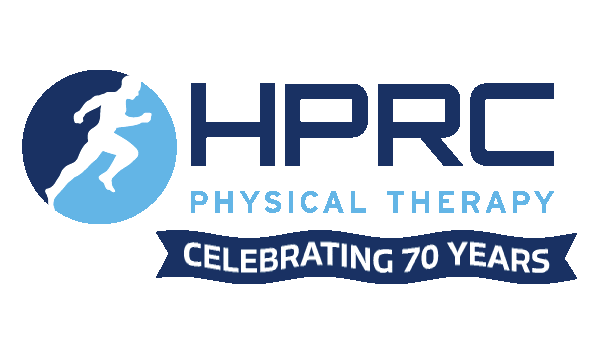I recently had the opportunity to work with a woman in her 34th week of pregnancy, with a diagnosis of low back pain (LBP). She was experiencing right sided buttock pain (pelvic girdle pain or PGP), with mild intermittent mid posterior thigh pain. Her pain was made worse with attempting to stand on one leg as in dressing or washing her feet. Her treatment included manual therapy, postural education and awareness to decrease the strain on her joints, and appropriate exercise. As you can see in the photo to the right, with therapy she was able to adjust her posture so that she was carrying her baby instead of her baby carrying her.
When I encounter pregnant women with low back pain I expand my normal evaluation to focus on the unique physiological and musculoskeletal changes that occur during that exciting nine month period. Pregnancy is a common time for back pain to begin, with over 50% of pregnant women reporting back and or pelvic girdle pain. 20-25% continue to experience LBP and PGP postpartum. Think about the changes that occur in a woman’s body throughout pregnancy and it is no wonder women are three times more likely to develop low back pain than men. Physiological changes, alterations in hormone levels and necessary weight gain during pregnancy contribute to the increased postural demands on the musculoskeletal system. How often do we gain an average 25 pounds in nine months? The growing baby places significant demands on the mothers’ core!
The mother’s spine adapts to the baby’s growth. The natural spinal curvatures increase from the lumbar (low back) to the cervical (neck) spine. The typical pregnancy sway back posture increases the load on the spinal joints. The pelvis takes on an anteriorly rotated position, which places excessive stress on the SI joints, not to mention making it harder for the muscles around the joint to function accordingly and affects the stability of the pelvic ring. Hence low back and pelvic girdle pain, (pain between the top of the pelvis and the fold of the buttock including the sacro- iliac joints and the joint of the anterior pelvis the pubic symphysis). Hormonal changes produce laxity in the joints of the body, which is most recognized in the pelvis. The joint at the front of the pelvis begins to widen in the 10th to 12th week, and averages a 6 millimeter separation which is considered normal. The increase in laxity places a greater demand on the muscle system and it is theorized that it is the asymmetrical laxity and increased demand on the joints and muscle that lead to pregnancy related back pain.
Looking at the diagram above it is obvious that the abdominal muscles stretch in all pregnant women. The rectus muscle, the most superficial of the abdominal group is stretched at its midline attachment to the underlying tissue called the linea alba. (Stay tuned for another blog about caring for abdominals before and after pregnancy) Some women will have spontaneous return of their abdominal muscles postpartum and some will not. Weak and stretched abdominals limit the function of the core to assist in support of the spine. Bending forward becomes impossible through the later stages of pregnancy, and alternative strategies for bending become the norm.
The bottom or basement of the pelvis is supported by 3 layers of very important pelvic floor muscle. This group of muscles attaches from the pubic bone in the front to the tail bone in the back and along the sides of the pelvis. These are muscles that we generally do not think about, but they are muscles that are under voluntary control. They function to support the contents of the pelvis, which in the last few months of pregnancy can be a considerable number of pounds. PFM assist the back and pelvic joints with stability for increased loads, such as carrying and lifting. They also function to keep us dry or continent, which is a demanding job considering the extra weight they are already supporting. So, it is not uncommon for women to experience bladder leakage in the latter part of pregnancy. Women with PGP are more susceptible to bladder leakage. More argument to get help for your back pain! No bladder leakage is ever considered normal ! The good news is, UI can be prevented with the use of Kegel exercises.
Since physical exam is the primary means of diagnosing back pain in pregnancy, a physical therapist with pregnancy postpartum specialization is one of the best options to help reduce or even eliminate your back or pelvic girdle pain, help you protect your abdominals, teach proper Kegel ex through pregnancy, and advise on regular exercise. The mechanical dysfunctions of pregnancy related back pain are helped by restoring and supporting joint function, participating in regular and appropriate exercise (www.acog.org) and adapting posture and regular everyday day tasks to accommodate the growing baby.
Most patients believe that pain will be eliminated once they give birth but, up to 1/3 of women continue to experience pain 1 year or more after their pregnancy. Back pain during pregnancy does not have to be “normal”. If you are experiencing back and or pelvic girdle pain with your pregnancy that is limiting your regular activities talk to your doctor, and request a visit to either one of our 2 women’s health physical therapists that specialize in pregnancy postpartum back and pelvic girdle pain.
Learn more about the Women’s Health services offered by HPRC’s highly trained clinicians.



